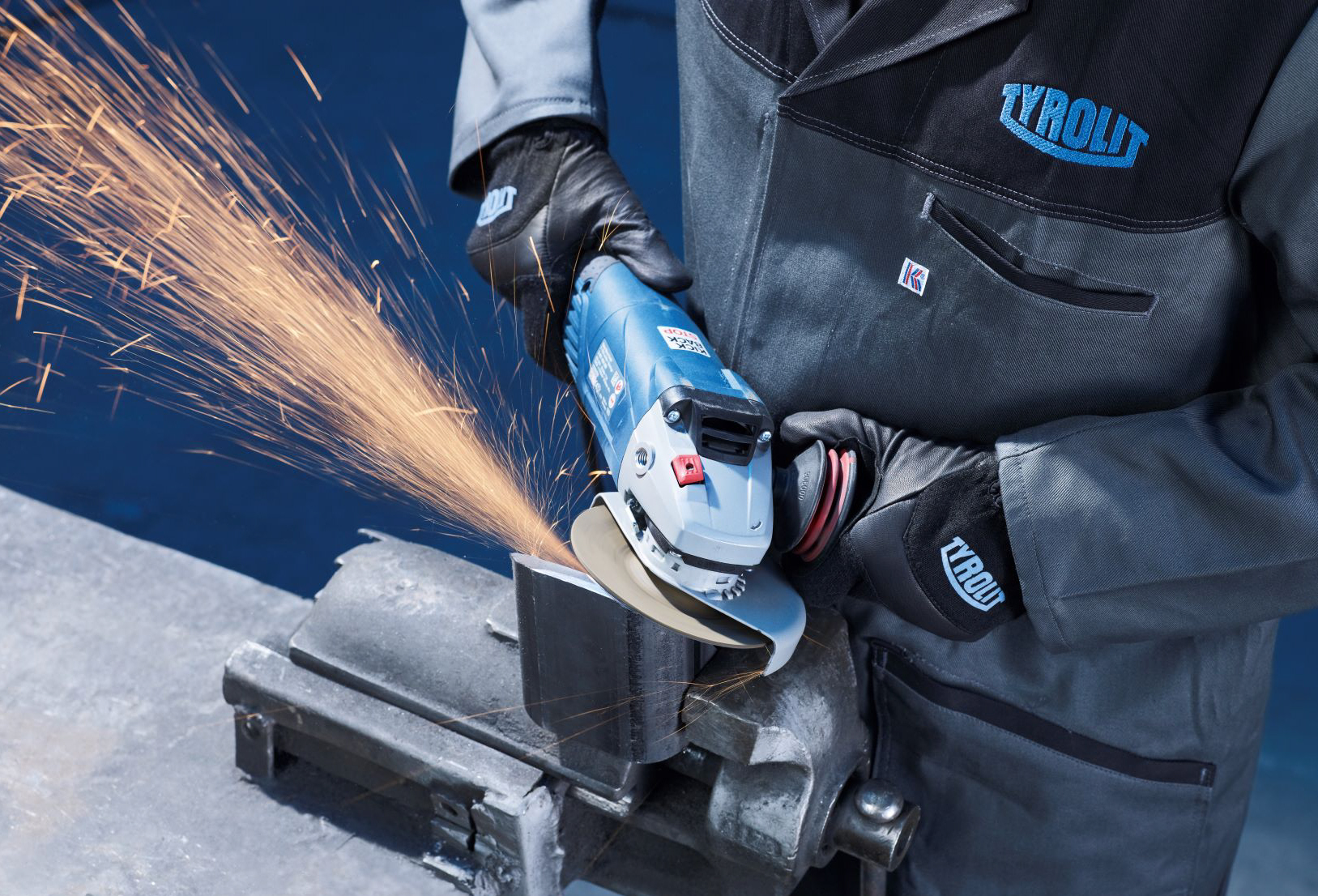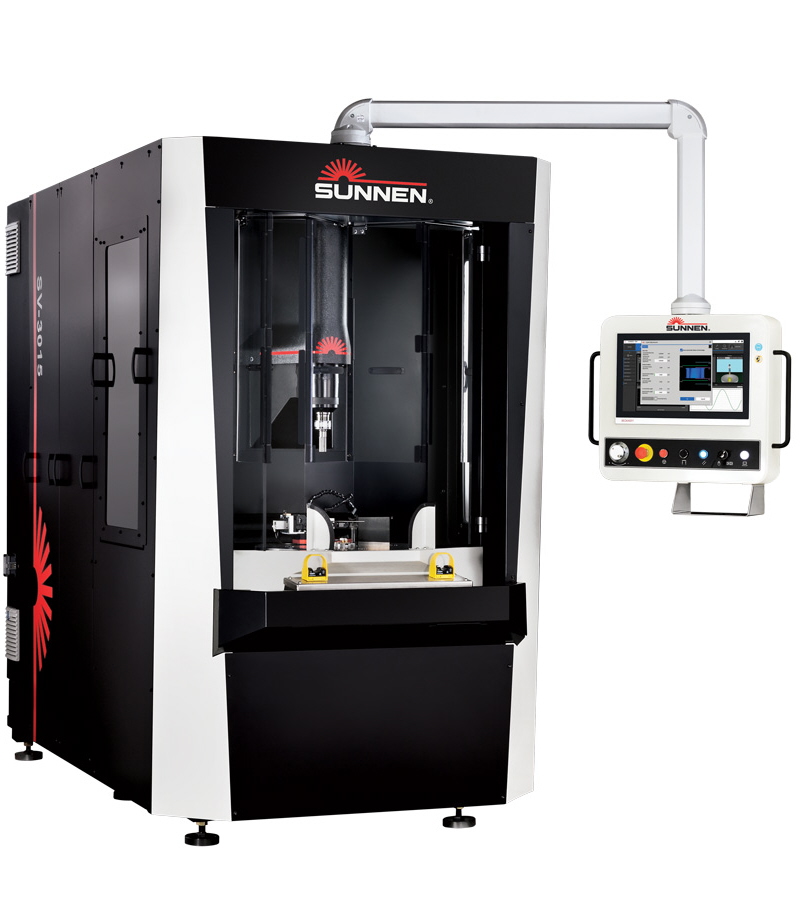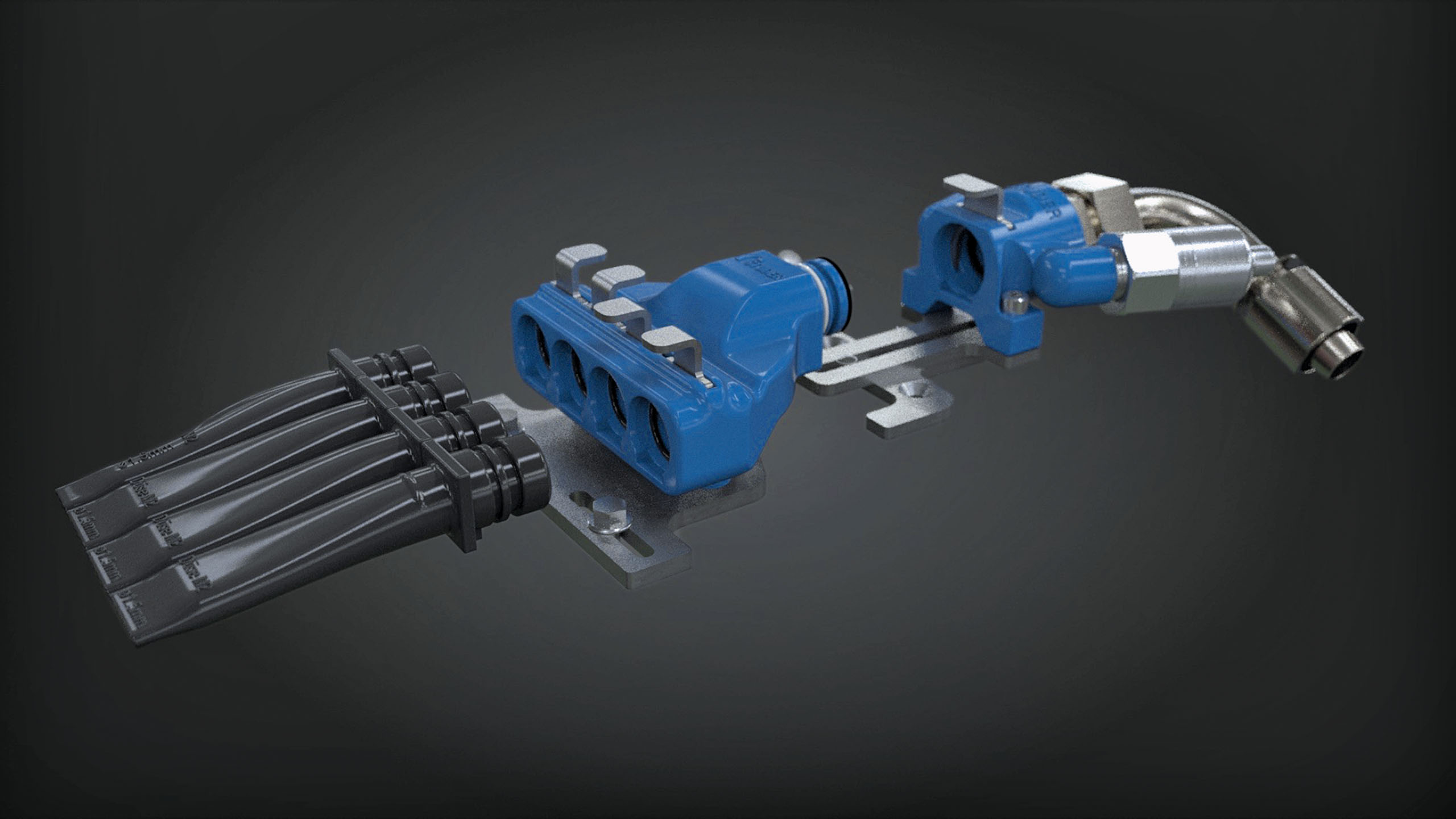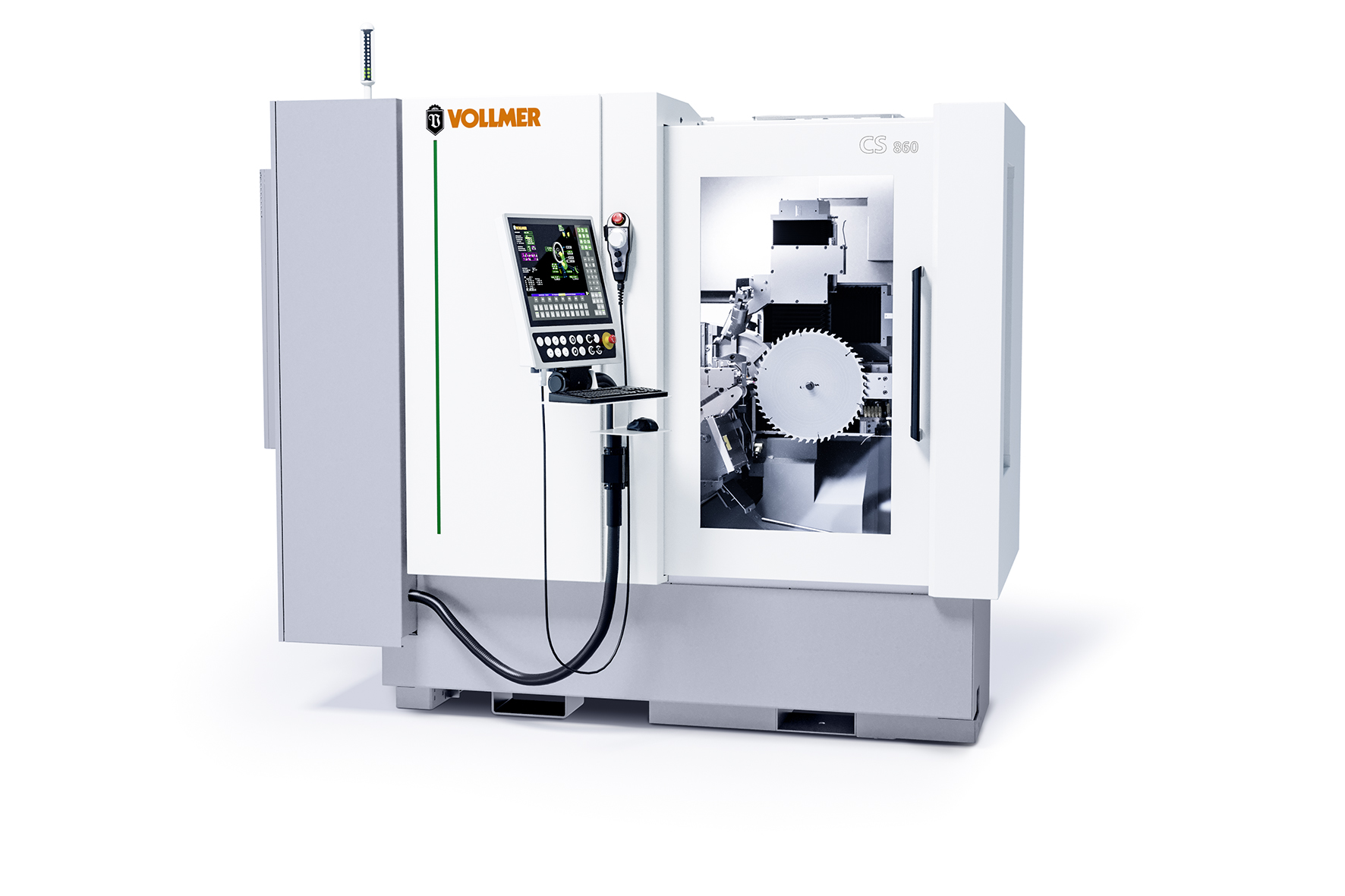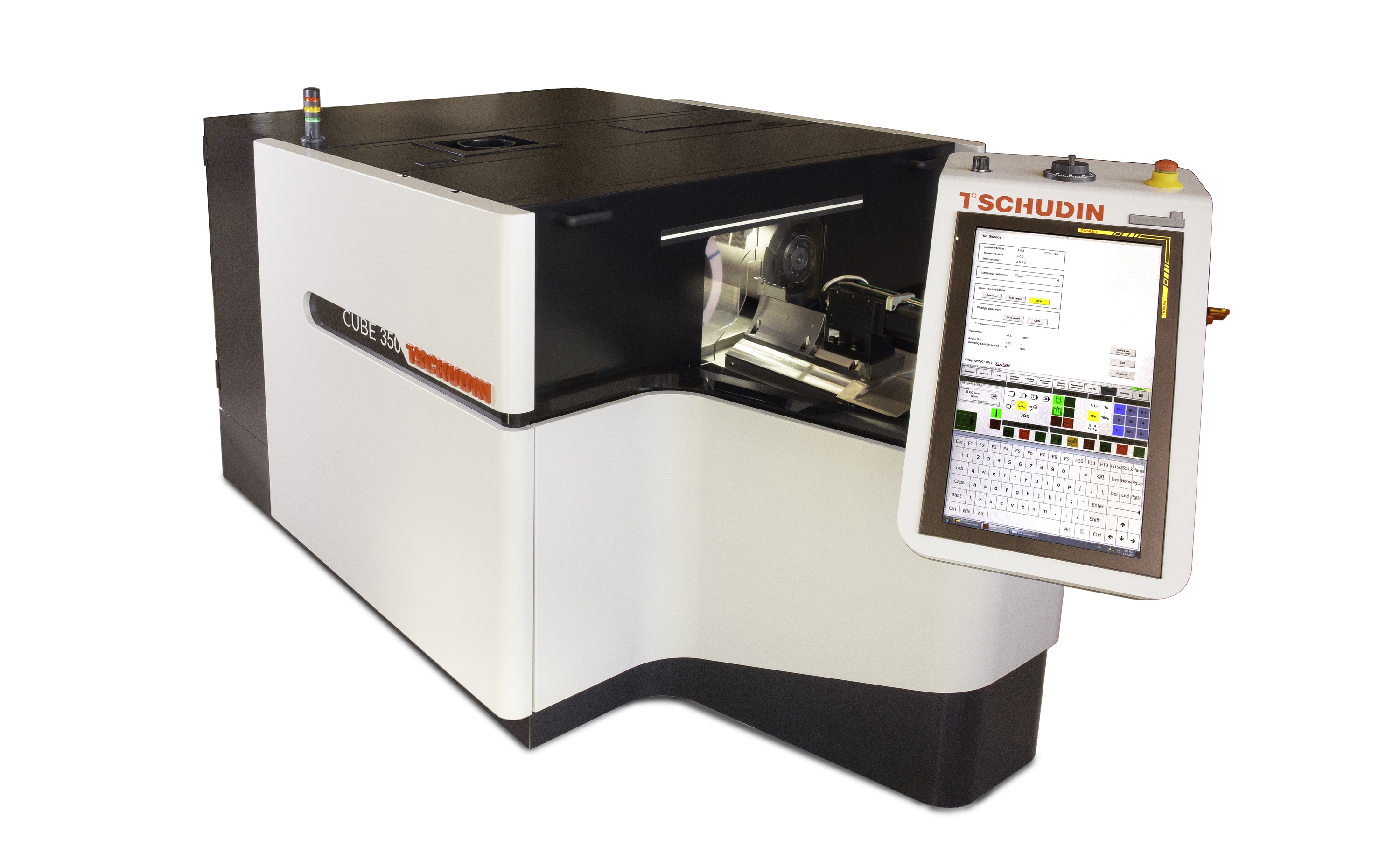Following a very flourishing experience at the MACH show in Birmingham earlier this year, abrasives specialist Tyrolit followed it up by exhibiting alongside Brit Plant at Rail Live 2022 in Warwickshire in June. Tyrolit’s team provided extensive insight into its dedicated rail technology expertise. Working with demanding requirements for short grinding times, combined with the need for long service life, Tyrolit’s rail machining solutions are suitable for the most diverse needs often under difficult application conditions.
Last month, at another week-long show, Tyrolit showcased its precision aerospace solutions at the Farnborough Air Show. The company has more than a century’s worth of abrasives experience in aerospace and MRO, helping customers to identify the optimal solution for any application. Additionally, Tyrolit demonstrated ToolScope – an Industry 4.0 modular assistance system that allows users to unlock the full potential of their manufacturing processes through the digitalisation of grinding technology.
On 12-13 October, Tyrolit will be returning to The Speedy Expo, one of the UK’s leading tool, equipment and plant hire events in the north of England.
Says sales director Pete Dufty: “As we all return to normality following the pandemic, it’s a powerful time for our business to interact with customers and demonstrate the wealth of our industry expertise. We hope that our presence at these shows is proving hugely beneficial for those visiting.”
As a manufacturer of grinding and dressing tools, these events provide the opportunity to demonstrate that Tyrolit is a proven partner in multiple industries.
For further information www.tyrolit.com







